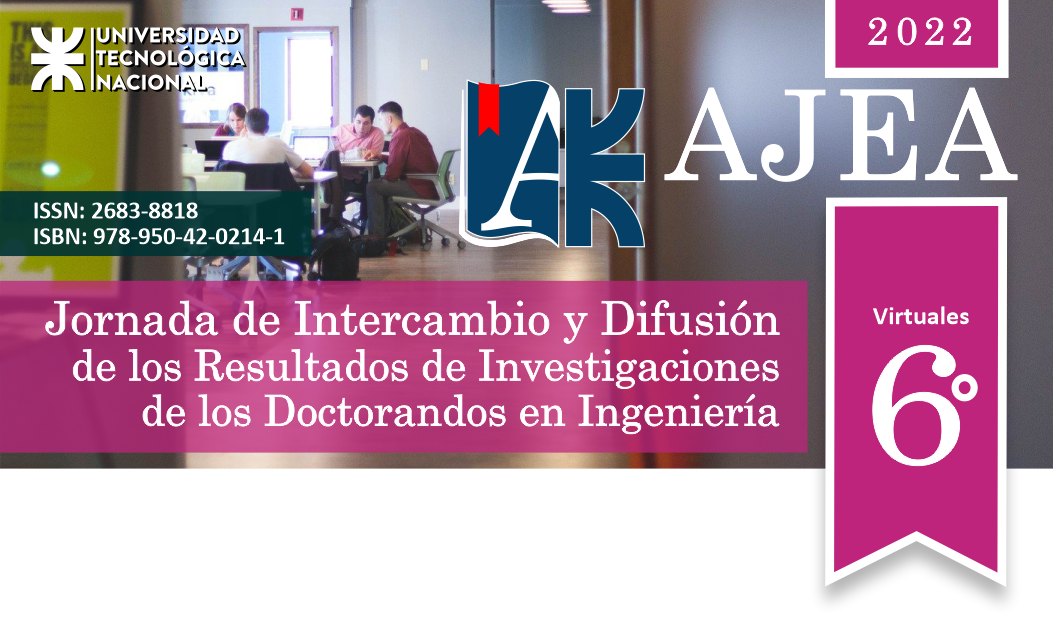Building mico-materials. Feasibility of substrates from different lignocellulosic waste formulations and two fungal strains
DOI:
https://doi.org/10.33414/ajea.1102.2022Keywords:
Mycomaterials, Waste, Fungi, ConstructionAbstract
An alternative to the use of plastics that has begun to be used in the world are lignocellulosic materials from biotransformed waste with fungal mycelium, with the advantage of being biodegradable and environmentally friendly. These wastes are an abundant resource, among which two major generators can be distinguished: on the one hand, those coming from Urban Solid Waste (USW), among which are those of organic origin and those of cardboard and paper that represent 49% and 14% of the total composition of waste per capita; and on the other hand, agro-industrial wastes that gather 107 million tons per year in Argentina. In this development, cellulosic wastes available in the local environment are recycled with fungal mycelium to obtain a biotransformed organic material that can be applied in plates for thermal insulation and enclosures. The performance of cardboard, paper and urban pruning wastes for the growth of the material was evaluated. A working methodology for the cultivation of fungi is presented in whih different percentages of waste were used with myceliated seed of Pleurotus ostreatus and Ganoderma lucidum. The formulations were incubated in molds under controlled environmental conditions. Lightweight plates suitable for replacement of fossil-based insulating materials were obtained. The resulting densities were higher than that of expanded polystyrene and similar to glass wool. The production methods used can contribute to reduce the consumption of virgin raw materials and increase the reuse of waste. In this way, the procedure for the manufacture of the biopolymer under study falls within the Circular Economy paradigm. In short, a waste is recycled to be used as a substrate which is the food for a filamentous fungus, which once the digestion process is completed is dehydrated, resulting in a material suitable for construction.










